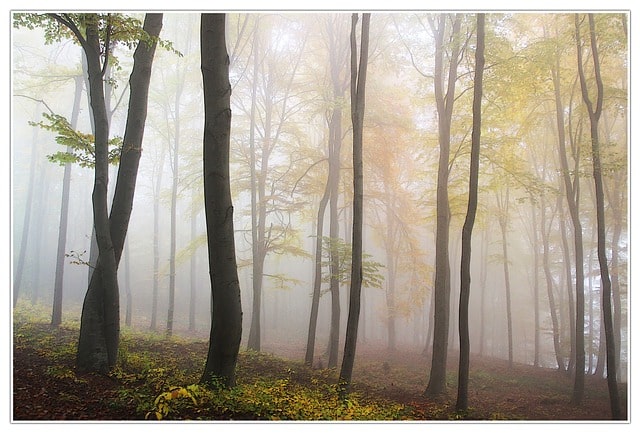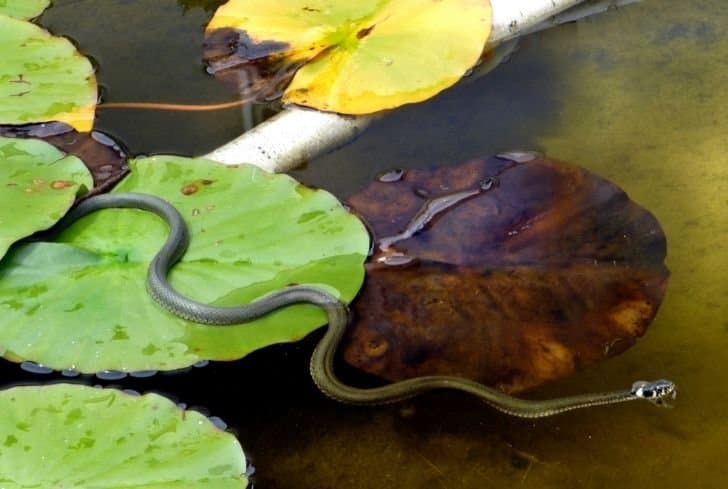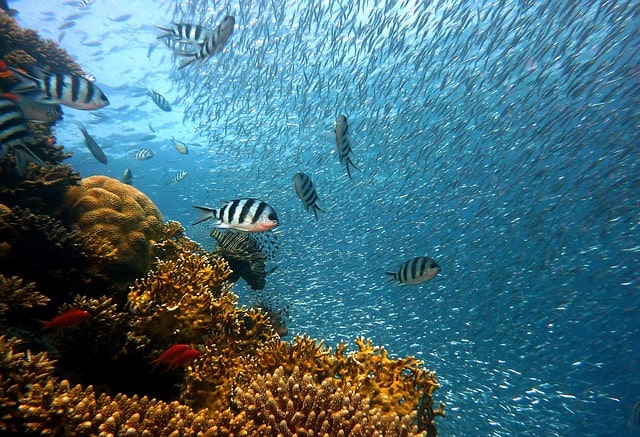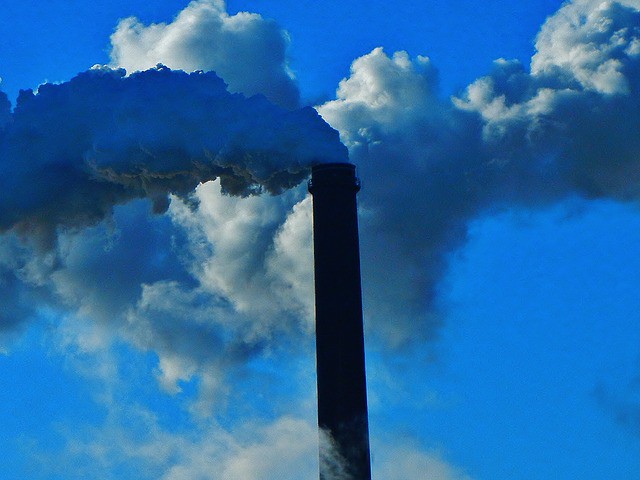Temperate Grassland Biome: Climate, Precipitation, Location, Soil, Plants, Animals
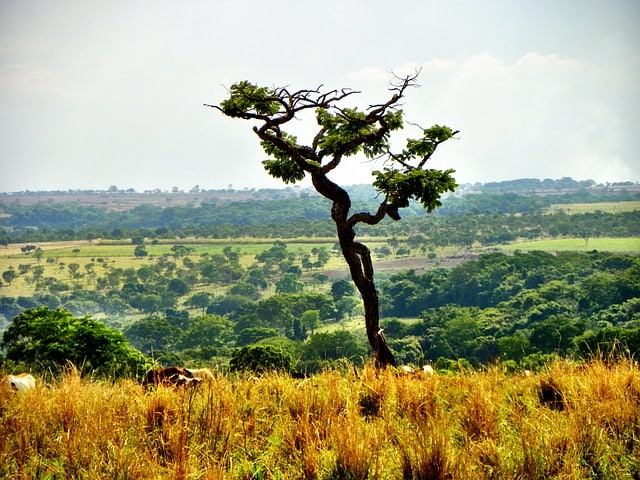
Temperate grasslands were one of the greatest biomes in the natural fauna. However, human activities over the centuries altered its composition and today; it has become one of the most endangered of all the biomes in the world. Human activities like agriculture have also destroyed and reduced the biome to such a degree that it doesn’t look appealing anymore and it has a lower biodiversity than the forests. However, with governments spearheading campaigns to conserve the environment, humans are increasingly exercising prudence, and this is good for the future of our temperate grassland biomes.
Temperate grassland biome is a division of grassland biome characterized by different species of grass, but it can include flowering plants and wild herbs. Shrubs and trees are virtually nonexistent in the temperate grassland biome. Template grassland biome can further be divided into prairies and steppes. Prairies are grassland biomes characterized by tall grasses. Steppes, on the other hand, are grassland biomes with shorter grasses.
Climate
Temperate grassland biome climate varies depending on the season. Summers are usually hot, and temperatures can go up to 90 degrees Fahrenheit. Winters are usually cold, and temperatures can fall to below zero degrees Fahrenheit in specific areas. This biome experiences long, hot summers depending on the latitude of the temperate grassland. The soil in temperate grassland biome is especially fertile. However, the dry climate prevents larger plants from thriving here.
Precipitation
Temperate grassland biome is characterized by fairly low rainfall (20-35 inches) throughout the year. The most rainfall occurs in late spring and early summer where convectional precipitation takes place. The greater part of this precipitation comes in the form of snow, especially in the temperate grasslands of the northern hemisphere.
Location
Temperate grassland biomes are found in every continent, but Antarctica. However, a vast majority of these biomes are found in Africa, South America, North America, Hungary, and Russia. North of the Tropic of Cancer is where most grasslands occur, specifically at 23.5 degrees north in latitude, as well as south of the Tropic of Capricorn, specifically at 23.5 degrees south in latitude. In the larger North America, temperate grassland biomes flourish in the western regions of the nation, where they are commonly referred to as plains. In South America, temperate grassland biomes are commonly referred to as pampas.
Soil
Temperate grassland biomes are characterized by dark, fertile loam soil. The constant decay of the abundant grass contributes to the nutritive value of the soil. This nutrient-dense soil helps the mushrooming plants to grow fast and flourish. The nutrient-dense soil is the major reason most grasslands are used for farmlands, more so in the U.S., where the grasslands have significantly reduced due to farming activities. Temperate grasslands are also characterized by fires, which ensure the grassland maintain short vegetation. Wildfire is another reason there is shortage of trees and shrubs in this biome.
Plants
As stated earlier, the dominant vegetation in temperate grassland biome is grass. Examples of grasses found here include:
Blue-eyed grass
Blue-eyed grass is, essentially, a wildflower and falls under the Iris family. It’s mainly found in North America and forms clumps of very long foliage, which flourish during spring, with small flowers mushrooming. This grass flourishes in a wide range of soils and is known to be a magnet for bees throughout the year. The stems of the blue-eyed grass can grow as long as 60 centimeters. It thrives where there is sufficient moisture and remarkable drainage. Nevertheless, the blue-eyed grass is able to endure the dryness of summer. It has thick roots and can endure temperatures of as low as -7 degrees Celsius. This means that it’s able to survive throughout the year, hence the name perennial grass.
Purple needlegrass
Purple needlegrass is sometimes called purple stipa. It originates in California. Purple needlegrass is also a perennial grass that produces tufts of erect and unbranched stems that extend up to a meter tall. It develops extensive root system that is able to grow up to 20 feet deep into the soil, which is why it can endure lengthy drought. It has a characteristic open, nodding flower cluster that can extend up to 60 centimeters in length and consists of numerous branches consisting of spikelets. The grass produces copious seeds of approximately 227 pounds per acre.
Buffalo grass
Buffalo grass is a North American prairie grass that originates in Canada, Mexico, and the U.S. It produces the most uniform and attractive turf among the temperate grassland biome grasses. It’s uniquely tolerant to prolonged droughts and freezing temperatures. It’s low growing (8 to 10 inches high). Buffalo grass spreads by seeds, stolons or surface runners and develops into a fine textured, thin turf and a unique soft blue-green color. It lacks underground stems or rhizomes. Cultivation has majorly contributed to Buffalo grass’s destruction throughout the world.
Rye grass
It’s is a beautiful turf grass, which is why it’s deservedly used on golf courses and home lawns. Rye grass is characterized by a bunch-like growth habit. It’s native to Europe, North Africa, Asia, Australia, America, as well as various oceanic islands. It has a characteristic shine at first glance, which makes its surface reflect more light than other grasses. The name rye grass stems from its reddish colored seed heads.
Foxtail
Foxtail grasses are named so because of their spikeless clusters of bristled seeds that mimic the bushy fox tail. Some foxtail grass species have pointed tips and backward pointing barbs, which can get lodged in dogs and other animals’ ears and nostrils.
Other plants other than grass you can find growing in temperate grassland biome include:
- Sunflowers
- Cottonwood trees
- Oak trees
- Cattail plants
Animals
The major animal species found in temperate grassland biomes are large grass-eating, hoofed mammals that leverage the wide range of grasses and those that have special digestive systems to break down the grasses. These mammals are able to see predators lurking due to the characteristic short grass of the biome, and this allows most to outpace the predators.
Examples of animal species existing in North American temperate grassland biome include antelopes, pronghorn, bison, coyotes, badgers, including small animals and birds such as quails, grouses, blackbirds, owls, hawks, grasshoppers, snakes, spiders, and leafhoppers.
The Russian steppes harbor animal species such as wild horse, polecats, saiga antelopes, mole rats and much more. Mole rats typically live underground in burrows, thanks to their long limbs, tiny external ears, small eyes, including large scissors, which they use to dig holes for safety.
Most prairie animals have coats that mimic surrounding vegetation to camouflage from predators. Some predators like the snow leopards develop a creamy white coat, which helps them to camouflage and catch prey with ease.
Animals like Aardvarks feed exclusively on insects by leveraging their large claws to dig termite mounts and ant hills. Their long, sticky tongues help them to lap up the insects.
Prairie dogs in temperate grassland biomes commonly feed on flowers, fruits, seeds, grasses, leaves, as well as insects and eggs.
Carnivores existing in temperate grassland biomes like lions, cheetahs, leopards, coyotes, red-tailed hawks, owls, and opossums are natural carnivores and prey on big and small animals.
Omnivores (animals that eat plants and animals) such as badgers also thrive in this biome. These kinds of animals eat rodents, snakes, frogs, insects, fruits, and roots.


